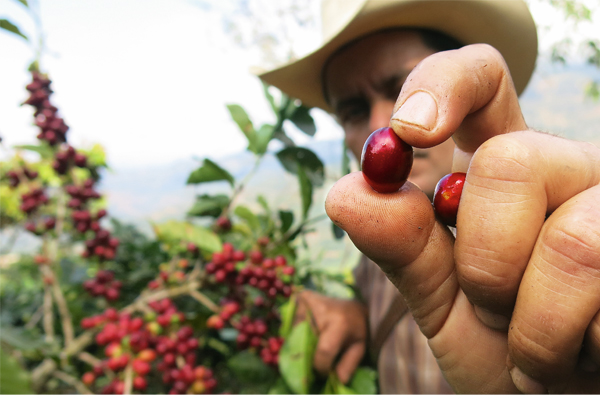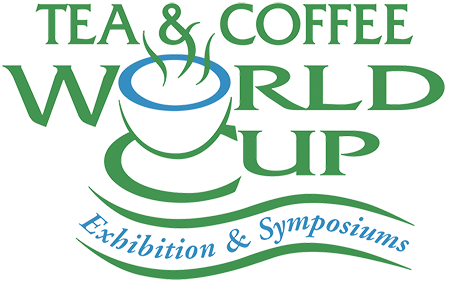ICO July: Global coffee prices drifted downwards during July

The monthly average of the ICO composite indicator rose by 3% to 103.01 US cents/lb in July 2019, which is the highest monthly average since November 2018. This also marks the first time the average price reached over 100 US cents/lb since February 2019 when the price averaged 100.67 US cents/lb. However, the daily composite indicator started at a high of 107.87 US cents/lb on 4 July and had drifted downwards to 98.57 US cents/lb by the end of the month.
Average prices for the Arabica group indicators rose in July 2019. Prices for Brazilian Naturals experienced the largest increase, averaging 105.43 US cents/lb, 4.7% higher than in June 2019. Other Milds increased by 4.4% to 135.47 US cents/lb while Colombian Milds rose 3.1% to 137.63 US cents/lb. In contrast, Robusta prices decreased by 0.1% to 73.93 US cents/lb, which is 13.3% lower than the start of the coffee year.
In July, the arbitrage between Arabica and Robusta coffees, as measured on the New York and London futures markets increased for the fourth consecutive month to 44.18 US cents/lb, 13.2% than in June 2019.
June exports rise by 3%
In June 2019, world coffee exports rose by 2.8% to 10.94 million bags compared to June 2018. This growth was led by shipments of Colombian Milds, which grew by 19.9% to 1.23 million bags. Exports of Brazilian Naturals grew by 8.8% to 2.91 million bags, while exports of Other Milds rose by 0.6% to 2.93 million bags. Robusta exports decreased by 4% to 3.86 million bags in June 2019.
Production estimates revised
In coffee year 2018/19, world production is estimated at 168.77 million bags, one million bags higher than estimated in the June report. Arabica output is estimated at 103.79 million bags, accounting for 61% of production, and Robusta is estimated at 64.98 million bags, representing 39% of the total. Output in the five largest producers this coffee year would account for 73% of world production.
Brazil’s production in crop year ending March 2019 increased by 18.5% to 62.5 million bags, which is reflected in the 20.6% increase in its exports this period, reaching 37.13 million bags. Brazil’s Robusta production has recovered from the previous drought as evidenced by the growth in green Robusta exports.
Vietnam’s production is estimated to be 1.3% lower at 30 million bags as adverse weather conditions affected the yield in crop year 2018/19. Its exports in the first nine months of the year declined by 3.9% to 21.1 million bags.
Output from Colombia is estimated at 13.95 million bags in 2018/19, 1% higher than last year. Its shipments of soluble exports have grown steadily in recent years. In 2015/16, soluble exports represented around 5% of total exports, while in 2018/19 they represent around 6%. Colombia’s imports in the first half of coffee year 2018/19 increased to 865,024 bags from 288,115 bags during the same period in 2017/18, with imports of green coffee accounting for 95.8% of total imports this year.
Indonesia’s production declined by 5.6% to 10.2 million bags, and shipments declined by 33.7% to 5.15 million bags in its crop year ending March 2019. In addition to the decline in output, steadily increasing consumption has reduced the availability of coffee for exports. Around 75% of Indonesia’s green coffee exports are shipments of green Robusta, which reached 2.06 million bags in the first nine months of the coffee year compared to 2.44 million bags last year. The share of soluble in the total exports has increased from 5.9% in 2010/11 to 20.7% in 2018/19.
Production in Ethiopia is estimated at 7.5 million bags, 0.6% higher than in crop year 2017/18. While Ethiopia is the world’s fifth largest producer, it is the ninth largest exporter given the high rate of domestic consumption. In 2018/19, Ethiopia’s consumption is estimated at 3.8 million bags, which represents 50.7% of its expected output.
World coffee consumption is estimated 2.1% higher in coffee year 2018/19 at 164.84 million bags with the largest growth in Asia & Oceania where demand rose by 3.6% to 35.91 million bags. Despite this growth, world production is expected to exceed consumption by 3.92 million bags, resulting in a cumulative surplus of 8 million bags over the last two seasons.
